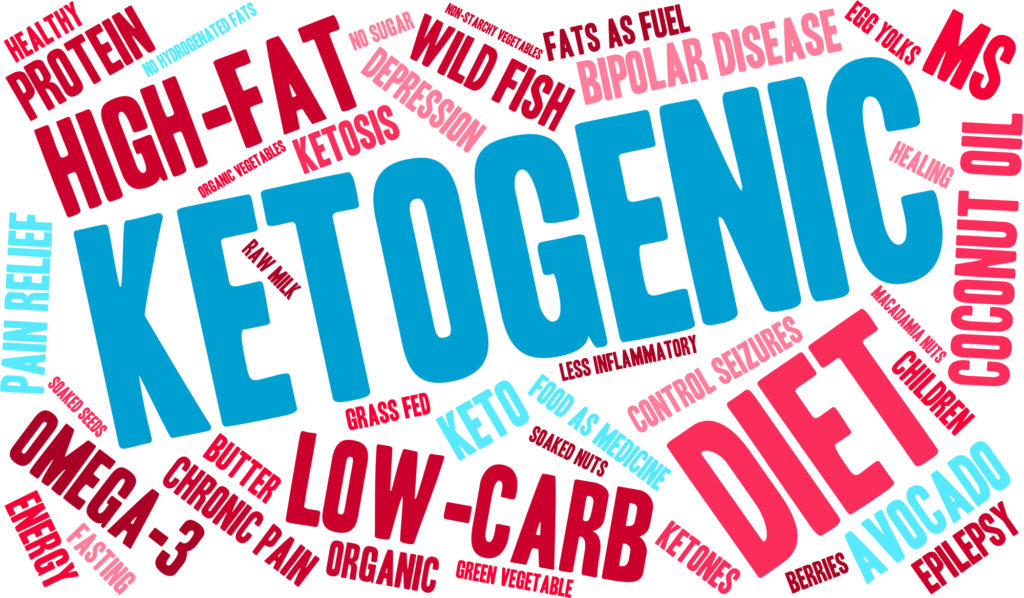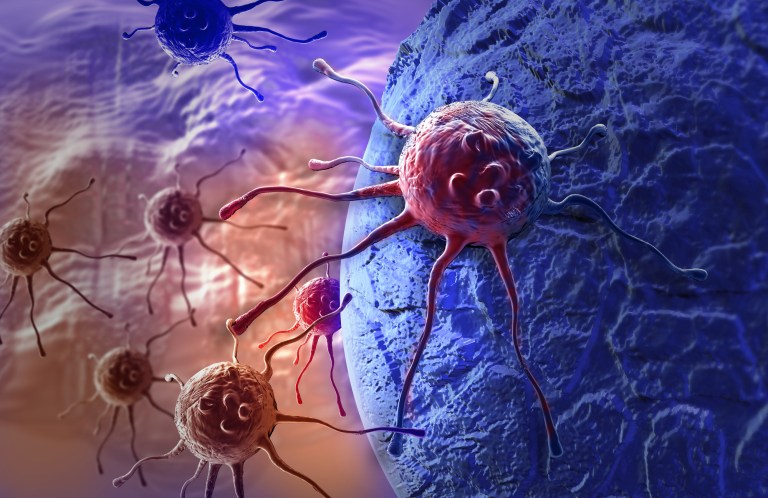Why Eating or Avoiding Dietary Cholesterol Has No Effect on Blood Cholesterol Levels

Avoiding Cholesterol
Cholesterol synthesis and metabolism are tightly regulated within the human body. It turns out that when the cell senses low levels of cholesterol, our body initiates cholesterol synthesis (via the SREBP system) as well as processes to enhance the uptake of cholesterol. Thus, avoiding dietary cholesterol in an attempt to lower blood cholesterol levels doesn’t make much sense in light of this ability of our body to regulate cholesterol synthesis. Any attempt to lower cholesterol in the body would be counteracted by the body ramping up cholesterol production and uptake.
Eating Cholesterol
This is a quote from Metabolic Regulation: A Human Perspective by biochemist Keith N. Frayn (my emphasis added):
“Perhaps surprisingly, the amount of cholesterol in the diet is not a major factor affecting the blood cholesterol concentration. The amount of cholesterol we eat is not large in comparison with the body pool: we eat less than 1g per day whereas the amount of cholesterol in the body is more like 140g, of which about 8g is present in the plasma. Contrast this with glucose, where we eat several “plasma’s-worth” in a single meal. And cholesterol is not rapidly absorbed like glucose: it enters the plasma slowly, even more so than triacylglycerol. Further, cholesterol intake leads to cholesterol entering cells, which effectively suppresses cholesterol synthesis. The blood cholesterol concentration is related far more closely to the dietary intake of particular fatty acids, especially the ratio of saturated to polyunsaturated fatty acids.”
So, the cholesterol that we eat pales in comparison to that stored in our bodies. Again, cholesterol synthesis and transport in the body is a highly regulated process. As mentioned in this video by Dr. Peter Attia, cholesterol levels in the body are not that influenced by the cholesterol in our diet, since a majority of the cholesterol from our diet is in the form of cholesterol ester, which is the storage form of cholesterol which doesn’t get absorbed by our gut. The unesterified active version of cholesterol in our diet does get absorbed. And again, the amount of active absorbable cholesterol in the diet is very small in comparison to the amount stored and synthesized by our bodies; on a daily basis, we typically get ~300-500mg of cholesterol from our diet, whereas we synthesize ~800-1,200mg of cholesterol in our cells per day.
As Dr. Attia suggests in the video, the total store of cholesterol in the body is akin to a giant swimming pool, and there are two very small hoses that contribute to, and control, the swimming pool levels: an internal hose (cholesterol synthesis) and an external hose (cholesterol input from diet). Anything in biology that resembles this situation, with a large store of something with two very small contributing inputs, suggests that the system is highly regulated and that what is moving the “cholesterol needle” isn’t the small inputs (diet and internal synthesis) but something else…
Bottom Line
Avoiding cholesterol, or eating cholesterol, does not have a profound impact on blood cholesterol levels. Any cholesterol that is indeed present blood is carefully controlled by the cholesterol transport system. Furthermore, cholesterol isn’t “bad”, and avoidance of dietary cholesterol can be problematic. In fact, genetic deficiencies in cholesterol synthesis pathways can lead to conditions that can cause mental disabilities and skeletal muscle problems.
Cholesterol is vital, and cells need cholesterol to function (cholesterol is actually part of the structural makeup of cells). It’s not the presence of cholesterol in the blood that matters, it’s the type, amount, and size of that cholesterol that matters. “Cholesterol” in the blood only becomes “dangerous” if the LDL, which is a protein/cholesterol complex, increases in number, and decreases in particle size.
Still curious? Want to learn more about nutrition?
Go VIP (it’s free!) and receive exclusive content from the HealthSnap team about nutrition and health/fitness in general.
NOTE: Nothing in this post is written or intended to be medical advice or to replace medical advice. We are not doctors. We are merely individuals with a passion for health, fitness, nutrition, and scientific research.



